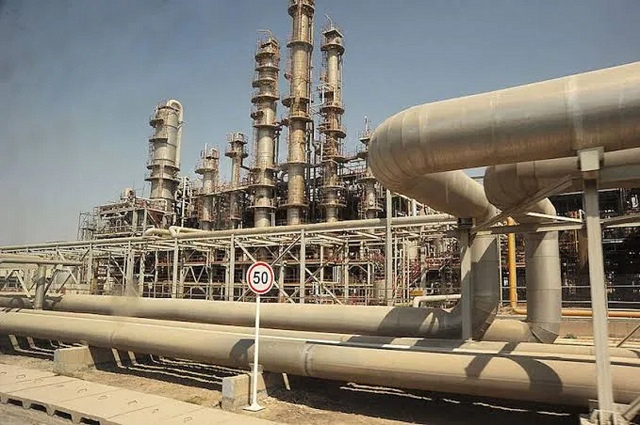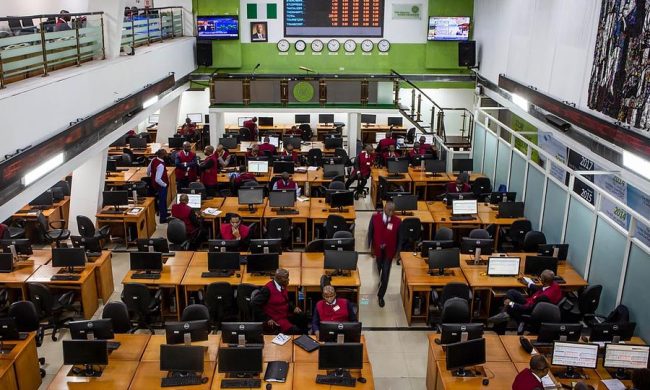Nigeria’s overall oil rigs count, which generally reflects the action of conditioning in the upstream sector, has continued to worsen.
As reflected in the latest Monthly Oil Market Report (MOMR) released by the Organisation of Petroleum Exporting Countries (OPEC), Nigeria, Africa’s biggest oil producer, has not markedly expanded its capacity in the last few years.
Instead, while there are assurances from the Nigerian National Petroleum Company Limited (NNPC) and the Nigerian Upstream Petroleum Regulatory Commission (NRC) that they are “doing everything” to ramp up production, the number of oil rigs tells a different story.
In all, according to the data released in May, Nigeria’s share of the global rig count has become insignificant, remaining at just 11 of the world’s total of 1,735 and OPEC’s total count of 390.
With over 37 billion barrels of crude oil in reserves and roughly 2 percent annual production, and an estimated 50-year total life, if there are no discoveries, Nigeria remains one of the most significant oil producers globally at 15th position.
But while the country’s oil rigs only increased by one, to 11, from the 10 in March, it showed a sharp decline from, for instance, 2019, when it was 16 on the average.
The data showed that Algeria, a lesser oil-producing nation, had 28 oil rigs in total, while Angola’s was six, and Libya, even with its current civil disturbances, had seven.
Of the 1,735 rigs counted globally, according to OPEC, 1,379 are oil, 328 are for gas, and 28 are classified as others. OPEC has 13 members, of which at least two are not currently being rated due to political problems in their countries.
To put it in context, the data showed that non-OPEC countries such as the United States had 694 rigs while Canada had 103, both far higher than entire Africa’s count of 55 for April this year.
Generally, in the oil industry, higher oil prices, like what is currently obtained, mean higher rig counts, which also mean higher production. In the opposite direction, lower prices mean fewer rigs and falling production. However, Nigeria cannot currently ramp up production.
Aside from the positive correlation between the number of rigs and oil production, there are also many jobs attached to rigs when they are operational, meaningless rigs, and fewer jobs in the oil sector.
However, although Nigeria failed to meet its production quota, its rig counts increased by two, from eight to 10 in March, but it was an average of five in Q2 2021, 10 in Q3, and seven in Q4 of the same year, but fell to eighth in Q1, 2022.
Nigeria is producing far less oil than it did 25 years ago when the estimated population was much less than what it is today and government spending was far below it in 2022.
A comparison of the country’s average oil production per day in 1997, as indicated in the NNPC’s yearly statistical bulletin, showed that while Nigeria pumped 2.344 million barrels per day, plus condensates over two and a half decades ago, it could hardly produce 1.4 million as of this year.
Furthermore, while 26 rigs were in operation, on both onshore and offshore terrains, in 1997, Nigeria had just 11 active oil rigs, with a number of them not even in use.
In addition, Nigeria’s count fell from 11 in September to nine in October 2021, according to data released by OPEC, and got worse after Nigeria began shutting down many of its offshore platforms as oil prices took a downward slope and the producers’ group embarked on production curbs to stabilize the market.
A random historic rig count assessment showed that, for instance, in May 2020, the country’s producing oil rigs fell from 16 to eight, and two months later, it fell further to six in July.
In January 2021, only six rigs were produced, while in February, it was seven; in March, it fell to six again, while in April 2021, the total rig count was just five.
Nigeria has been struggling for over a year to meet the quota allocated by OPEC due to aging infrastructure due to years of under-investment in the upstream oil and gas sector.
Added to these are vandalism and sabotage, technical issues, and difficulties with restarting oil wells the country shut down last year in the heat of the Covid-19 pandemic.
Nigeria’s prospects in the sector remain uncertain, with deteriorating infrastructure that has seen all of its key export grades, including Agbami, Bonny Light, Forcados, and Qua Iboe, face severe production issues last year.
A recent document released by the upstream commission showed that although Nigeria’s rigs could be as many as 53, only 12 have been near active in the last few months, while 25 are on standby and 16 have been “stacked” (may or may not be operable).
In terms of terrain, of the 53 rigs, 33 are onshore, 11 are offshore, and nine are found in the swamps.
With big oil companies planning to embrace renewables, getting the needed investment in a country like Nigeria, which is rated low on its business friendliness, may become even more difficult in coming years.














